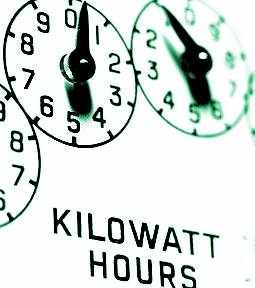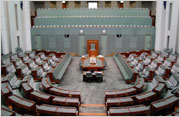Price report shows new records
 Energy prices are heading in opposite directions across Australia.
Energy prices are heading in opposite directions across Australia.
Wholesale electricity prices surged in the north but dropped sharply in the south during the final quarter of 2024, according to the Australian Energy Regulator’s (AER) Wholesale Markets Quarterly Report.
Prices jumped 20 per cent in New South Wales (NSW) and 30 per cent in Queensland compared to the previous quarter, driven by low wind conditions and planned network outages.
Meanwhile, South Australia saw a 60 per cent price drop, Tasmania fell 37 per cent, and Victoria was down 54 per cent, largely due to seasonal demand changes.
“The variation between northern and southern regions this quarter reflected differences in seasonal weather and demand, and interconnector limitations that limited the ability of northern regions to import cheaper capacity from southern neighbours,” said AER Board member Jarrod Ball.
Compared to the same period last year, wholesale electricity prices were up 49 per cent to 134 per cent nationwide. This was due to coal outages, higher-priced offers, and limits on moving cheaper electricity between regions.
“While wholesale electricity prices ended 2024 high by historical levels, these remain below those seen during the extreme highs of 2022 across all regions,” Mr Ball noted.
The quarter also set new records.
Solar output hit 14,980 MW on 12 December. NSW and South Australia recorded their lowest daily electricity demand ever, and the National Electricity Market (NEM) saw the highest number of negative-priced 30-minute periods.
Over 2,500 MW of new wind, solar, and battery capacity entered the market, marking the largest quarterly increase to date.
In the gas market, east coast spot prices rose 8 per cent from the previous quarter and 25 per cent from the same time last year, averaging $13.54 per gigajoule (GJ). Prices ranged from $12.26 per GJ in Victoria to $14.71 per GJ in Brisbane.
Warmer weather and record-high exports in Queensland boosted gas-powered generation, widening the price gap with Victoria.
“To meet this demand, gas flows north to Queensland this quarter were much higher than corresponding quarters in previous years,” Mr Ball said.
The full report is accessible in PDF form, here.







 Print
Print


